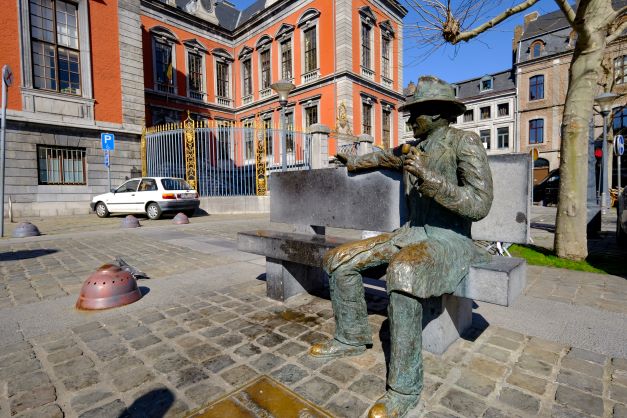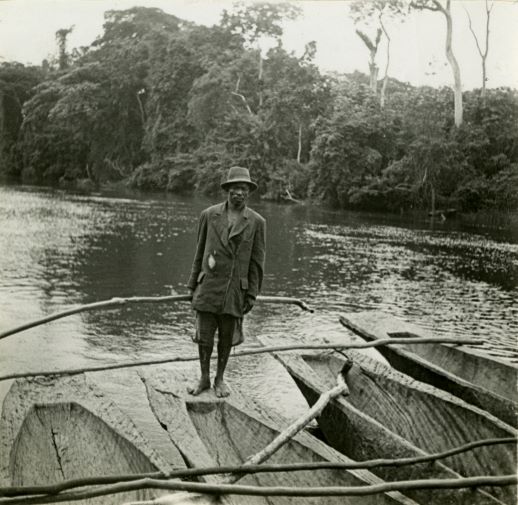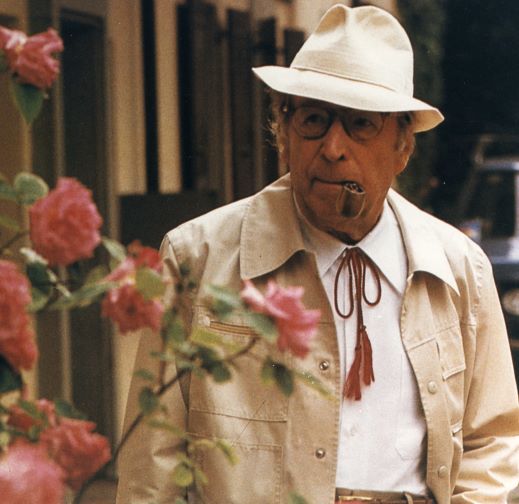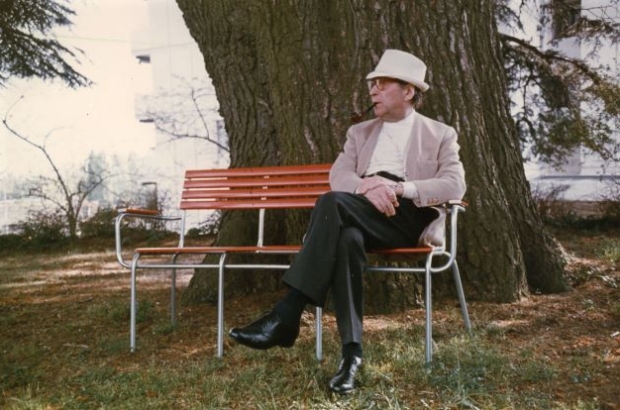- Daily & Weekly newsletters
- Buy & download The Bulletin
- Comment on our articles
Simenon Spring: Festival in Liège honours Belgian author’s 120th anniversary
The life and work of bestselling Belgian author Georges Simenon is showcased at the Liège festival Spring Simenon from 8 to 11 March, in celebration of his 120th anniversary.
It's a sweeping homage to the literary giant who was born in the city in 1903 and became one of the 20th century’s most popular writers, as well as the world’s bestselling translated French-language novelist.
Fans of the creator of Inspector Maigret and Simenon’s other mystery characters can enjoy exhibitions – running until May and June – talks, literary encounters, screenings of film adaptions and a guided walk. It’s a programme that delves into Simenon’s well-journeyed life, prolific career and ties with his home city, while presenting contemporary projects by creators who continue to be influenced by him. The majority of events, spread around the city-centre, are free and require no advance reservation.

The festival is the flagship event for the 120th anniversary celebrations, which includes activities in Switzerland, where Simenon died in 1989. Initiated by the writer’s son John Simenon and organised in close collaboration with the University of Liège and the city of Liège, it also aims to renew the ties between the Walloon city and its most famous citizen. The long-term goal is to found a Georges Simenon centre that will enable the public to access the extensive archive currently in possession of the university.
Like many a successful Belgian artist who forged his career abroad, Simenon had a complex relationship with his home town. His professional debut as a writer was as a journalist for the Gazette de Liège at the age of 16, although he left for Paris before turning 20. It was here that he launched his incredibly profuse career as an author. In total, he published 193 novels and hundreds of other works, many under pseudonyms.

The start of his successful Inspector Maigret series in the early 1930s brought instant fame. Simenon embarked on extensive worldwide travels during this period, continuing to write and also take remarkable reportage pictures, as revealed in the exhibition Simenon. Photos of a World in Crisis (pictured above).
From 1935, he also wrote romans durs (non-detective novels) that were published by French house Gallimard. During the period of the German occupation of France, he settled in the Vendée and wrote an autobiographical novel Pedigrée that drew on his Liège upbringing. A number of readers in Liège recognised themselves and launched libel charges, which curtailed Simenon’s plans for further volumes. It also portrayed his mother’s rejection; she was also the subject of a later non-fiction work, Letter to my Mother.
Following France’s liberation, Simenon moved with his family to the US, although questions over his war-time record persisted. From the other side of the Atlantic, the Maigret novels continued to flow, and all of his works were translated into other languages, which further swelled his popularity.

Returning to Europe in 1955, Simenon settled in Lausanne in Switzerland in 1957. He announced the end of his literary career in 1972, although he was to publish one more work, Memoirs intimes, following the suicide of his daughter Marie-Jo.
Simenon’s private life was almost as prolific as his professional outpourings; a tangled web of marriages, lovers, prostitutes and casual flings. In later life, he notoriously boasted that he had slept with 10,000 women, although his final companion counteracted that it was more like 1,200.
But the legacy lives on. Simenon’s novels continue to be printed and translated, with further TV and film adaptations of his works due on our screens.
For John Simenon, the world needs the Belgian author’s perspective of the world “now more than ever”. If a complex and mysterious figure, this festival is a reminder of why the Liège-born writer was a man of the world who continues to intrigue readers, both at home and abroad.
Exhibitions
Simenon. Photos of a World in Crisis. Until 27 August, Musée Grand Curtius
Simenon, du roman dur à la bande dessinée. Until 12 May, Ilot St Georges
Sur les traces de Simenon. 11 March 11.00, Office du Tourisme, Quai de la Goffe 13
La Chambre Bleue by Mathieu Amalric. 11 March 20.00; L’Horloger de Saint Paul by Bertrand Tavernier. 16 March 20.00; Panique by Julien Duvivier. Cinema Sauvenière (Les Grignoux)
Simenon. Bilan et perspectives. 8-10 March, University of Liège; Simenon, écrivain voyageur. 10 March, Ampithéatre Ruwet
Simenon hors de la langue française. 10 March, Grand Curtius; Animation littéraire sur Maigret. 11 March, Chiroux
Photos: (main image) Portrait Georges Simenon (c) Sanjiro Minamikawa (c) simenon-tm-collection-fonds-georges-simenon-uliege; Statue/bench (c) Belga/Bruno Fahy; Congo belge, ete 1932 (c) simenon-tm-collection-fonds-georges-simenon-uliege; Portrait Georges Simenon (c) Sanjiro Minamikawa-c-simenon-tm-collection-fonds-georges-simenon-uliege

















